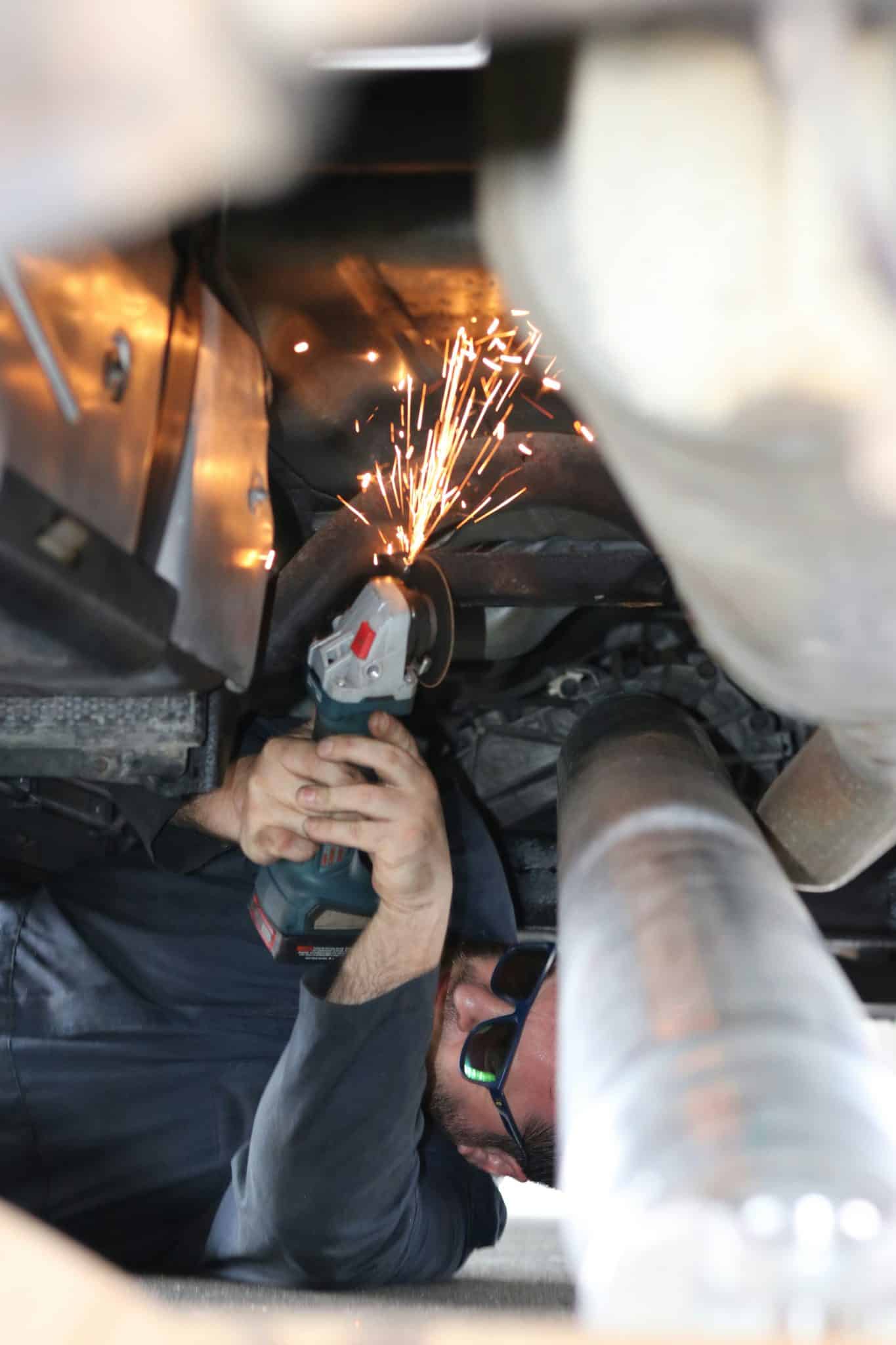The Hidden Costs of Overordering Parts in Auto Repair Shops

Most shops follow the strategy of ordering more parts “just in case” so they can keep jobs moving forward and don’t lose a customer. But what they don’t realize is that this habit causes a lot of idle inventory to just sit and take up space in their shop. And think about the lost revenue from ordering parts worth hundreds or thousands of dollars?
Auto repair shops often face this challenge where they order too little, and they experience delays in repairs, and if they order too much, then they’re left with unused parts and lots of clutter. And when these added costs show up in a customer’s final bill, it can lead to customers finding a different shop with better parts management.
As an auto repair shop owner, you need to avoid overordering parts and charging over par. Inflating the bill is not a solution and will only make you lose customers.
Why does overstocking parts affect auto repair shops
Managing inventory is not easy for many businesses. Especially for an auto shop that gets most customers via a referral program or good word of mouth, you can’t afford to lose them because you went overboard ordering parts for the car.
Bigger dealerships have enough manpower to order inventory, so they are well-stocked but not overspending too much. But for a small or medium-sized auto repair shop, it can cost them financially between $40,000 and $70,000 annually.
. Various factors can be the reason behind overstocking, such as;
- Inaccurate demand forecasts
- Sub-par inventory management
- Unreliable suppliers
- Focusing more on client preferences
- Product life cycle changes
- Economic fluctuations
- Poor quality etc
4 Ways to avoid overordering parts in auto repair shops
Hidden costs for overordering vehicle parts can put a serious drain on your budget by 2.5% of the original purchasing price. Usually, shop owners are unable to anticipate the costs of specialized parts or labor rates (which keep on fluctuating). Frequent replacement of parts also impacts your monthly budget for the business.
Because these costs are hard to track, here’s how you can make smart choices when ordering a part.
1. Centralized inventory control
If you want to improve parts management in your shop, all you need is auto parts inventory management software that helps manage and replenish inventory stock according to your needs. Such a system is smooth, efficient, and provides you with accurate information on the inventory.
Having a centralized inventory control gives you real-time visibility of the stock across multiple locations. You may not have headlamps available in location A, but location B has some spare ones available. This overview from a single dashboard makes parts management easier and convenient for busier shops.
Also, it improves the security checks against unauthorized users. Allowing limited access or authorized access only makes it easier to track who ordered the parts.
2. Centralized warehousing
It might be a new idea to toy with, but don’t you think that a centralized warehouse allows more accessibility when spare parts are needed? A clear labeling system can be maintained allowing you to locate the stored part and retrieve it in a short time.
Also, shelving and storage units are another option to consider. If you cannot afford to have a big warehouse, you can place high-use items in a secure and reachable place. With the help of the inventory software, you can add barcodes or QR scans on each asset. Simply scanning the code will let you track the exact location and quantity available on hand.
3. Backup suppliers
How many suppliers do you deal with? An effective strategy is to have multiple suppliers as a backup. Not only do you reduce dependency on one supplier, you also have more than one option to verify prices and place an order from.
Consolidating suppliers’ inventory on online platforms also enables you to know if they are out of stock. In case you overorder, you can always return them before being dispatched from the warehouse. A good bond with suppliers can be pretty handy in such cases.
4. Training staff
A common technicality that ultimately leads to overordering is not giving the right training to the employees. Not every employee is good at organizing tasks. It can also disrupt the workflow in case you are out of auto parts.
Auto shop owners need to train employees to organize, forecast, and track parts. There’s always a learning curve in the automotive industry because of how fast new car models are introduced each year. This is where training employees comes in handy.
Shop owners can train technicians on how to use inventory management software with restricted access so they can search and order parts as needed.
Spare parts are important so order them wisely
It’s worth noting that auto repair shop owners must follow a mindful approach when it comes to inventory management and control. This involves looking into most sold auto parts, reviewing past usage trends, and aligning parts orders with demand rather than assumptions.
By making data-driven decisions and implementing a modern tracking system, shops can stay efficient and cut down costs.










